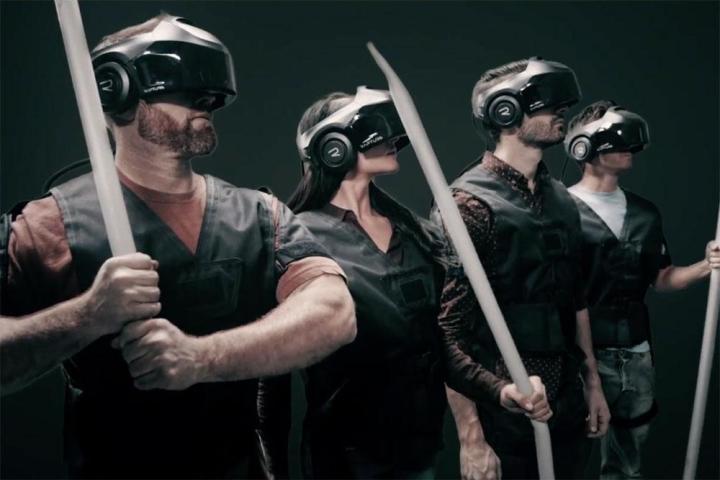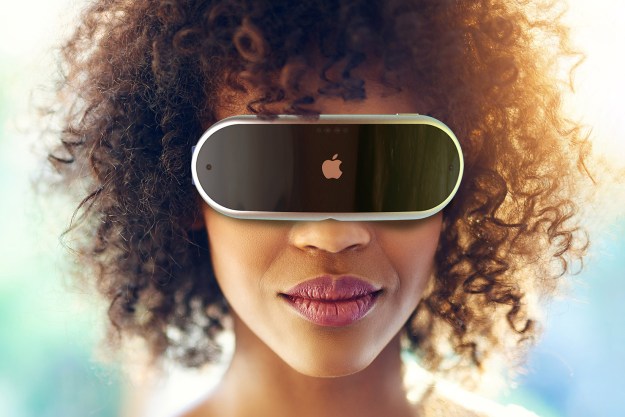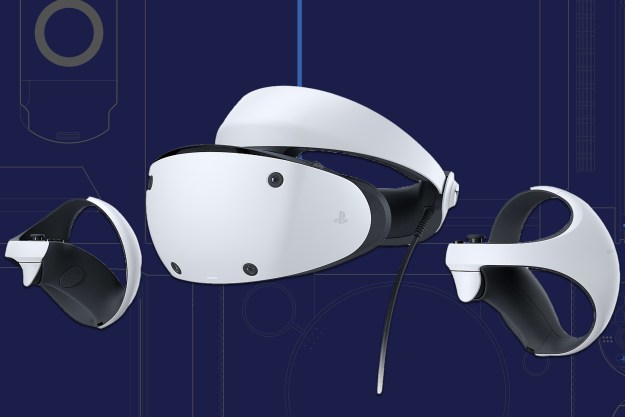
“I wanted to jump out of my chair and go run around,” Bretschneider said to the Washington Post, speaking of current VR experiences. ““I wanted to be in there, but I felt like I was separated from that world just sitting down playing a game. So I often would stand up and then I couldn’t do anything.”
But that gave him an idea. This fall, Bretschneider plans to start building The Void, funding it entirely with his own money. Located in Salt Lake City, it will use 60″-by-60″ rooms in combination with headsets to create what the Washington Post describes as “laser tag on steroids.”
Obviously, the project takes more effort than strapping an Oculus Rift to someone and showing them the way to an open space. In addition to the physical spaces, Bretschneider and his team of 30 are working on their own curved-screen VR headset in addition to a body-tracking system, which he says is the biggest challenge so far.
The team is also developing gloves that will allow players to use their hands during games to carry objects, use weapons, and more. Tactile response is also important, though this will be done by applying different textures to movable walls within the spaces, rather than by haptic feedback.
“If we want an area to feel like a metal surface, it can feel like metal,” Bretschneider said. “ If we want it to be organic, and we want it to feel like a cave wall, we can make it feel like a cave wall.”
Experiences in The Void will last for at least 30 minutes, and while no price has been announced yet, Bretschneider told the Washington Post that it will be affordable. It could launch as early as summer 2016.
For more information, see The Void’s website. For a look at the concept in action, see the video below.
Editors' Recommendations
- One year later, my PlayStation VR2 is collecting dust
- Get the most out of Meta Quest 3’s mixed-reality with these VR games
- PlayStation VR2 is my first headset. Here’s what I think after one week in VR
- What the Bat? is a sweet coming of age story (about having baseball bats for hands)
- Don’t buy the Meta Quest Pro for gaming. It’s a metaverse headset first


